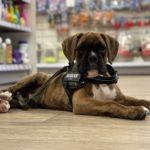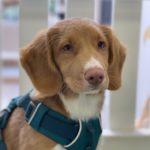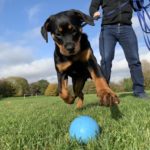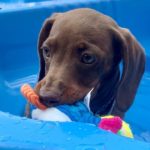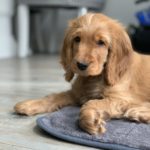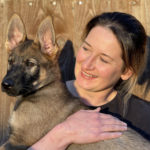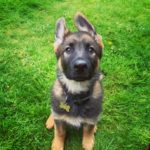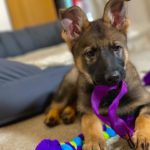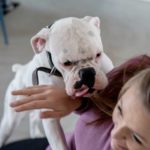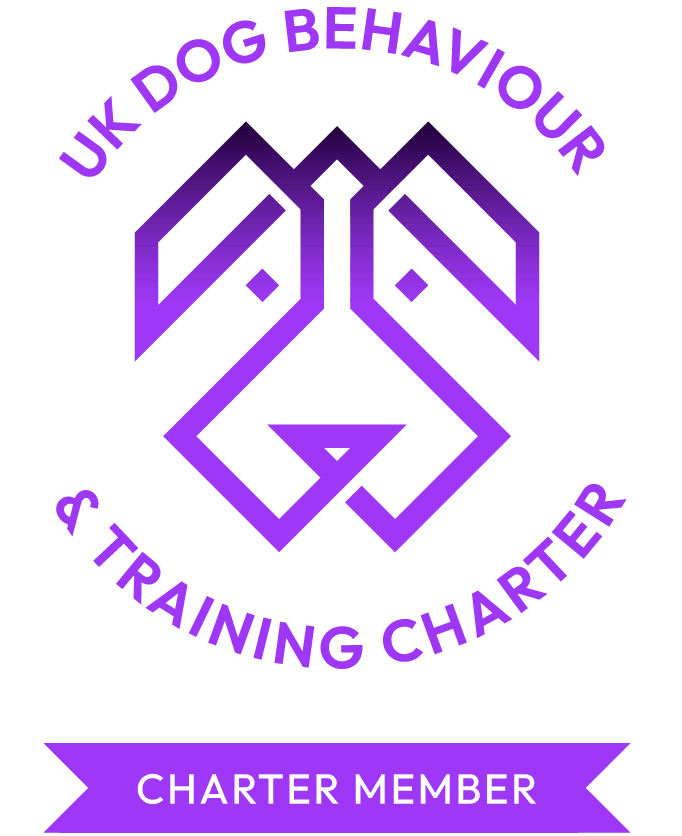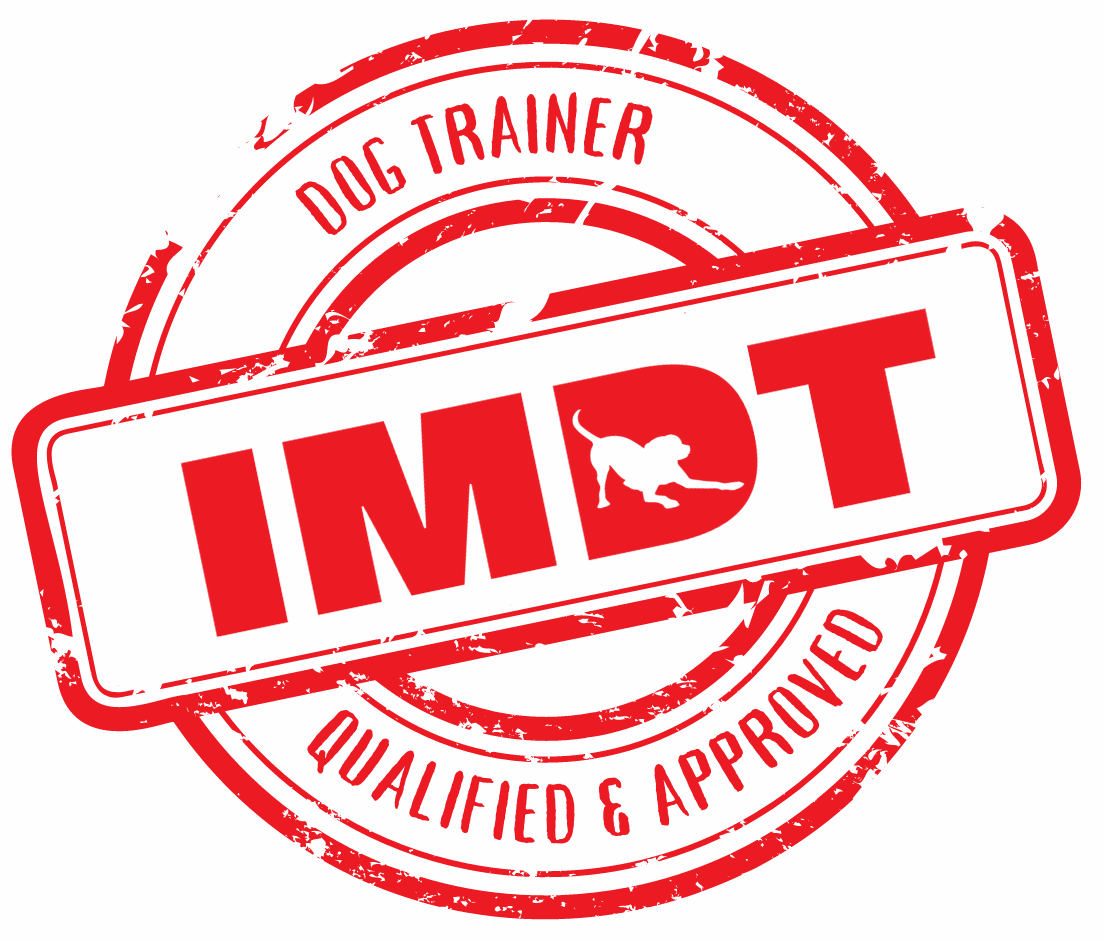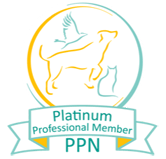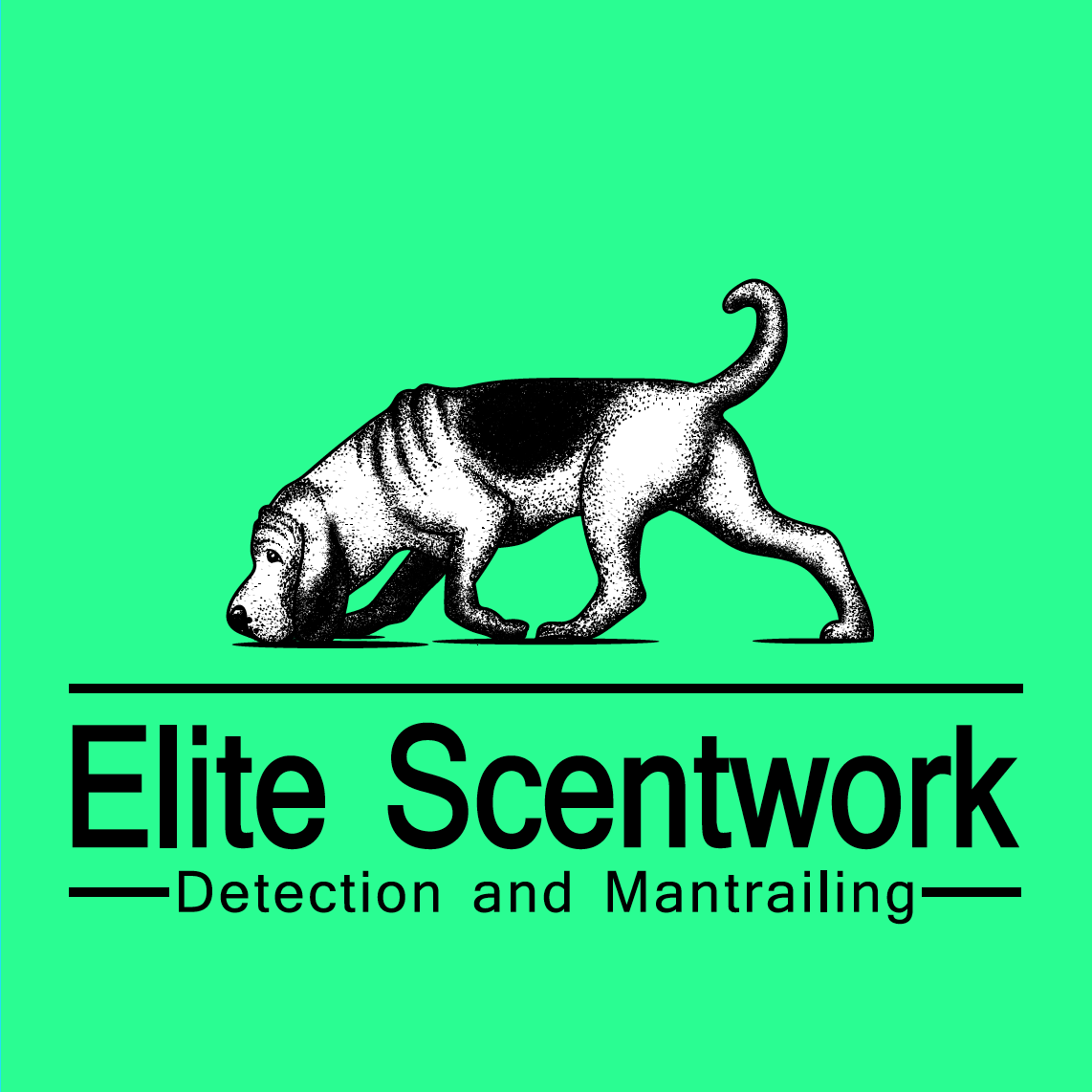Having a well-trained dog is a complete pleasure
Having a well-trained dog is also having a happy dog because they will really be part of your family. Part of owning a new puppy is that you have to be prepared for some sleepless nights, toilet accidents, barking, nipping, chewing and general mischief. This should all settle down as the weeks and months go on so stay positive and use plenty of reward-based training for good behaviour. You can easily get frustrated at times during the puppy training process so make sure you are always patient and consistent. You will both establish a way to communicate with each other and this takes time to learn.
Help your puppy learn basic commands
Regardless of breed, getting your puppy into a good routine from day 1 can really help the settling in period so here are a few tips. With a routine, your puppy will know what to expect and when so will feel less frustrated. Include
things like how many times your puppy toilets, feeding time, training sessions and sleep times. By giving your puppy structure within your daily household routine, they will feel more relaxed and secure in their new home.
Complete puppy training schedule by age
Puppy’s age: 8-10 weeks old
Begin training as soon as you get your puppy home with training a toilet cue including whereabouts you want them to toilet. Usually, after a car ride, your pup can need the toilet so it is a great opportunity to take them straight
through to your garden for a wee. Also, the grass is a more familiar smell to them so helps them not to be too overwhelmed. This is a great tip on training your dog the very first day you get them.
Always use positive reinforcement to train puppies
Never push your pup’s nose into their own excrement as this is cruel and they most likely won’t understand. A new puppy must feel safe and secure in their new home so use plenty of positive reinforcement instead to build up basic
obedience and to teach new behaviours. The housebreaking process will take time and patience.
Keep your puppy training sessions short and fun
Remember to not do too much the first few days and allow your puppy to feel safe and comfortable in their new home. Always keep your training sessions short and fun for the puppy. Sometimes it’s best to keep the puppy in one small room for the first few hours the first day they arrive and then as they acclimatise gradually increase the access they have to the rest of the house. This is such an exciting time in your life and an important part of the bonding process in dog ownership. Allow your puppy to learn how safe their new home is and never leave your puppy unattended as any barking or howling could mean your dog is unhappy. Begin separation training only after the dog has settled in but it is also an important part of training the basics with your puppy.
Start to introduce your basic commands such as sit, down and come which will be the foundations of further training. Use positive reinforcement to train your dog to have good manners and to get on with other animals in the house if there are any. Depending on your pup’s breed, some learn faster than others but always be patient and work with your dogs individual learning style. Sometimes your puppy will do good behaviour without being asked and you should reward your dog for those too. It is all part of the learning process!
Correct socialisation for puppies
Start your socialisation but remember correct socialisation is better than bad socialisation. This isn’t just about meeting people and other dogs, it’s really how the puppy experiences things that it sees over the next few months. This process should never be rushed and always be your puppy’s advocate if you see they feel unsure.
Reflex to name will be teaching your puppy their new name. Say it frequently throughout the day and positively associate it with some puppy food. Your puppy will soon learn that hearing their name is a good thing and will start to
pay attention whenever they hear it. These are the early stages of teaching your puppy to come when called.
How to cope with those sharp puppy teeth
Young puppies have extremely sharp teeth and it is completely normal for a puppy to explore the world with their mouths. If you think about it, they don’t have digits as dextrous as ours! Start to redirect chewing onto the pups own toys and move away when they mouth you. They will soon learn that mouthing makes you go away and no longer play with them. Always provide them with a range of different textured chew toys for them to sink those little teeth in. As your puppy grows up, their adult teeth are much rounder.
Puppy’s age: 10-12 weeks old
Start to expand on your pup’s vocabulary by teaching them some more advanced cues such as ‘take it’ and ‘drop’ which can be used for retrieving games or other useful tricks as well as being very useful during the teething phase. Use lots of play in your training to keep them from getting bored.
Your pup will continue their socialisation by going to the vet and eventually be allowed on walks once they are ready after their vaccinations. Don’t forget that all sights, sounds, smells and sensations will be new so offer your puppy
plenty of reassurance and encouragement so they always have a good experience. Remember don’t do too much in one day as your puppy will get tired and other unwanted behaviours like excessive barking or hyperactivity can occur. Most
dogs learn to self-regulate but some need encouragement to get plenty of rest.
Dog training equipment
We always recommend a harness for puppies as it is usually more secure for these little Houdini’s but also it reduces the risk of injury when they pull on the lead. Be sure to have your name tag secured onto the harness or their collar. Training your puppy to walk on the lead without pulling requires plenty of patience and repetition. Go easy on them in new places and let them absorb what is going on around them as well but keep building up their ability to come when called regardless of what is going on around them.
Teaching your puppy how to be calm
Teaching a ‘settle’ can be extremely useful both at home and when out in public places. Take your puppy’s comfy blanket or bed and start to get them to nap in public places such as pubs, cafes or parks. At this age they nap frequently so use this as a training opportunity to get them used to feeling relaxed in busy or noisy places.
Impulse control exercises such as waiting or leaving something can be useful as many puppies lack the skills to resist temptation.
Puppy’s age: 3-4 months old
Your puppy is going through big physiological changes in terms of a growth spurt and their milk teeth falling out. This can mean your puppy has growing pains and doesn’t sleep well so they can be quite testing at times. Make sure you remain calm, patient and understanding ensuring your pup has plenty of naps in the day.
As your training gets more advanced and your puppy learns more and more vocabulary, you can start to chain words together for one reinforcement. For example, you could ask for a sit and a paw for one treat.
Start proofing your dog training in different environments
Start to take them on walks to meet other dogs and to practice recall while there are distractions. Letting your puppy off for the first time can be a scary time so feel free to use a long line attached to the harness or hire a private secure dog field. Keep practising your lead walking skills and building plenty of engagement with them every few steps.
Puppy’s age: 4-6 months old
A great way to keep up your good work with the training is to teach rollover or speak on command. There is not only a huge variety of games you can do but it helps the way you and your dog interact with you whilst doing some fun things. If you have kids in the family, they really love teaching these. It helps the way you communicate and also builds up your bond so that when there are distractions you have already created a great way of communicating with each other.
Puppy’s age: 6-12 months old
Your puppy is now in the adolescent phase and has usually become quite confident and independent. We do not recommend you phase out your food rewards until they are over 12 months. This is because if you phase the reinforcement out too early then bad habits can easily creep in and your dog will no longer listen to you.
Your puppy may be a little less food motivated so think of other ways to reinforce good behaviour such as playing with a toy or using running as a reward for not barking at another dog for example.
If you notice your dog doesn’t listen to you as well as they did before, this can be a normal process of growing up so make a point of reinforcing the good behaviour more heavily and preventing your puppy doing anything they shouldn’t. This phase is normally temporary and so keep up the good work and stay consistent.
As an adult dog, they will have mastered basic obedience training and you may be able to get new behaviours without food, but be sure to reduce these slowly and gradually take them for walks over longer distances. You may even be tempted to sign up with a local registered charity for a second dog or puppy!
Having a well-trained dog is also understanding their way of communicating
The majority of a dog’s communication is non-verbal which means that they communicate with us and each other using body language. This involves body posture, vocalisation, facial expressions and interpreting scent. It is good for puppy owners to
What is the first thing you should train your puppy?
Crate training can be really useful to help with different aspects of puppy training in particular toilet training and providing the puppy with their own ‘bedroom’ that they feel safe in and can take themselves off when they feel the need to have their own space. A crate should never be used as a punishment.
Obedience training should always be kept fun so your puppy is always motivated to pay attention. Puppies can easily get distracted by the smallest of things so keep your basic cues simple. Most puppies are hungry most of the time so using dog food as treats will work well. Use a happy voice and positively reinforce good behaviour. Teach your puppy these 5 basic cues
Sit Wait Down Right paw, left paw Leave (Impulse control)
Obedience training for your puppy using these 5 basic cues
Sit Wait Down Leave Come
Begin with basic commands and always reward the puppy for good behaviour. Allow your puppy to learn by positive reinforcement when teaching them a new behaviour. Teach your dog that they get a reward if they respond to your commands. This will mean your dog will really enjoy learning and you will definitely be putting your right foot forwards!
Dog training theory
Dogs learn by association or consequence. This means that if your dog has something good after its done something, it is then more likely to do it again when asked the next time. The reward should be given within one second of the dog’s action for it to correctly associate what they have done well
When your dog has learned the basics and learned to work for rewards, you can teach lots of fun and useful things such as: go to bed, settle, retrieve and tricks such as shutting doors, roll over, give a paw and so on.
You may also consider joining a dog training club for your dog to work towards gaining the Kennel Club Good Citizen Award or taking part in a sport such as agility, scentwork or hoopers. The Kennel Club and Association of Pet Dog Trainers have a list of local training clubs.
Contact Us
Get in touch for a FREE 20 minute telephone or video call about how we can help your dog. It’s the ideal opportunity for you to get to know us, discuss your specific training needs and for us to explain how we can help.
Telephone: 07557 301161
Disclaimer: The information provided in this blog is for informational purposes only. Read our full Disclaimer.

